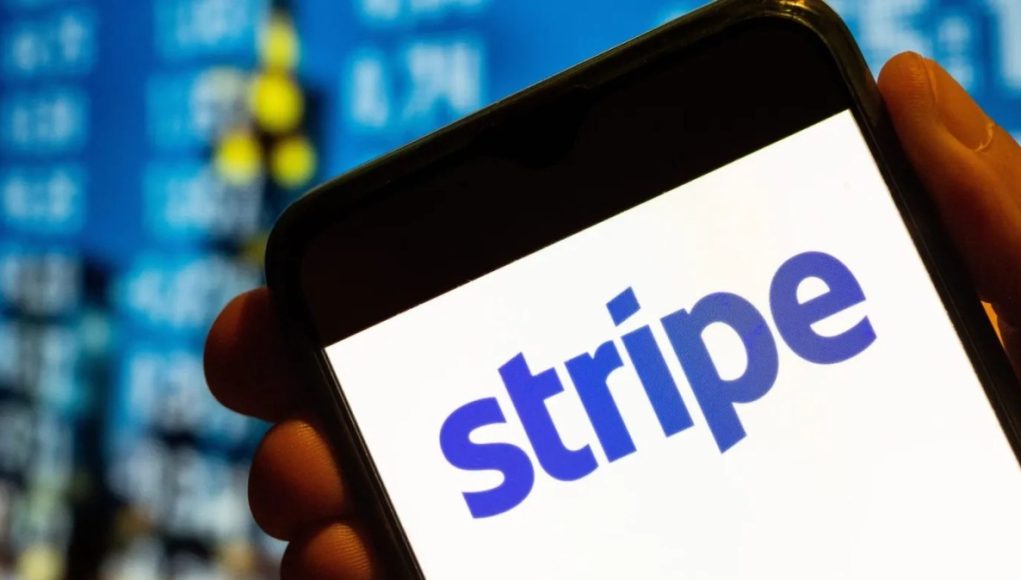Last week, details emerged about an application that fintech giant Stripe had submitted for a U.S. banking license.
There was a lot of chatter on X about whether this meant Stripe — already the largest privately valued fintech in the world — would now be adding “bank” to the list of descriptions of what it does.
The short answer is: No.
What is true is that this marks the first time that Stripe has applied for a banking license. But what may not be as clear is that the scope of the license is a very narrow one. This license does not mean that the fintech company will be accepting deposits. What it does mean is that if approved, Stripe will be allowed to process its own payments in addition to having partners that process payments on its behalf.
A Stripe spokesperson told TechCrunch: “Over the past few years, as Stripe’s business has grown, we’ve significantly expanded the number of banking and other partners we work with. This application helps us ensure we have an even broader range of options to support our users—and complements the work we do directly with banking partners across the US. Stripe is already a direct network member in multiple markets, including the UK, and this step follows in this strategic direction.”
A source familiar with the reasons for the move to become its own BIN said it gives Stripe “a little extra resilience to process payments” directly. Currently, its BIN sponsors (or sponsor banks) vary depending on geography.
In 2024, Wells Fargo (a former partner of Stripe’s) abruptly exited the BIN sponsorship business — where banks help fintechs access payment networks like Visa and Mastercard. When banks do this, it leaves companies such as Stripe at risk for service disruptions.
By being able to process its own payments, Stripe is less dependent on its partners.
If approved, Stripe could have this banking license by the third quarter of 2025.







